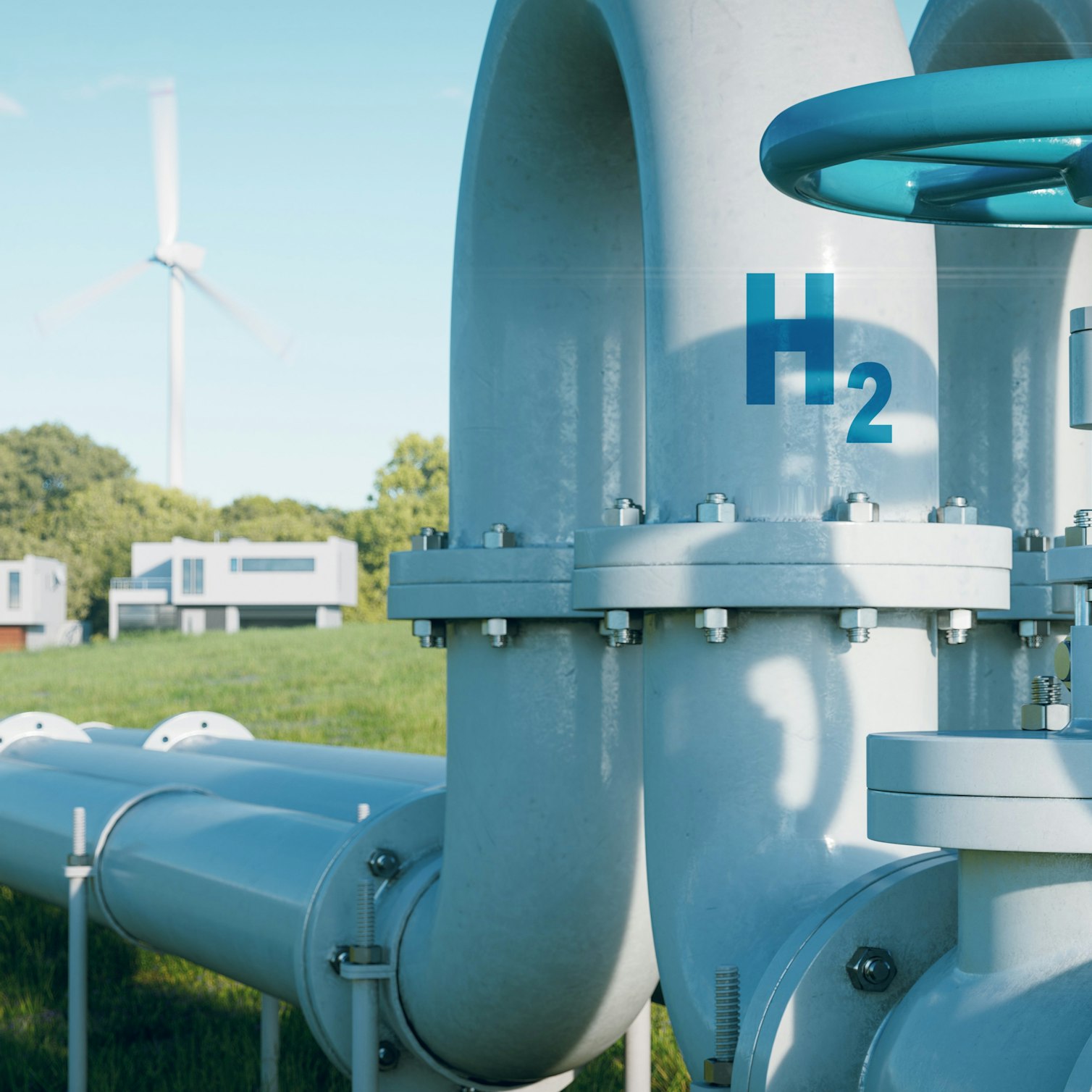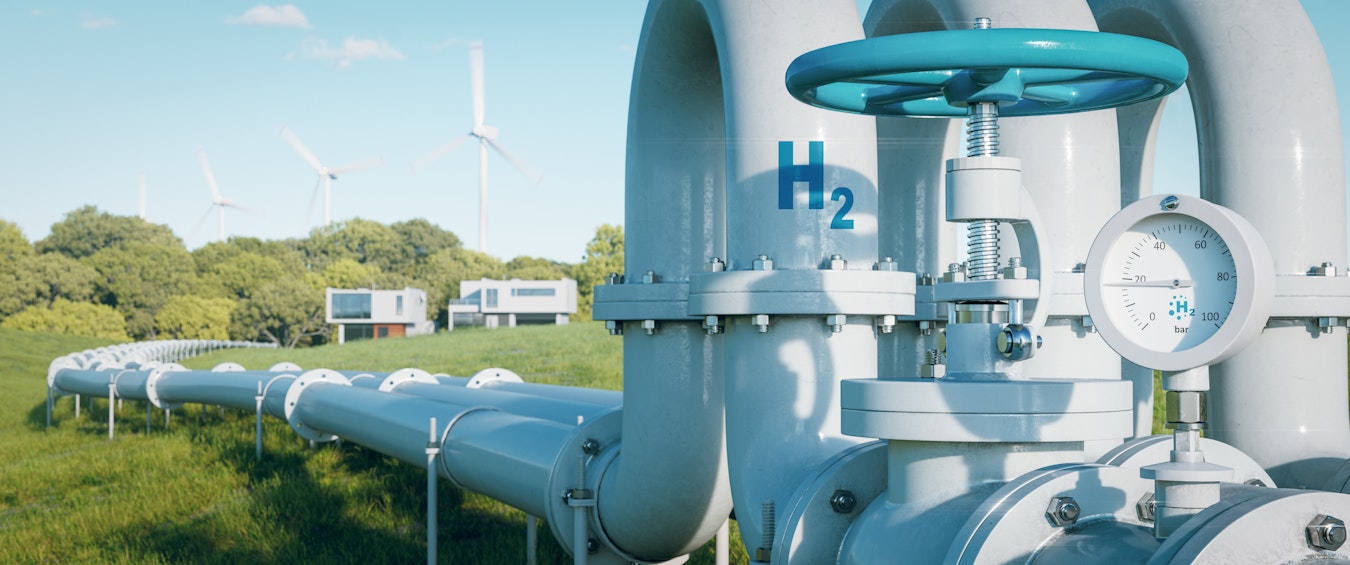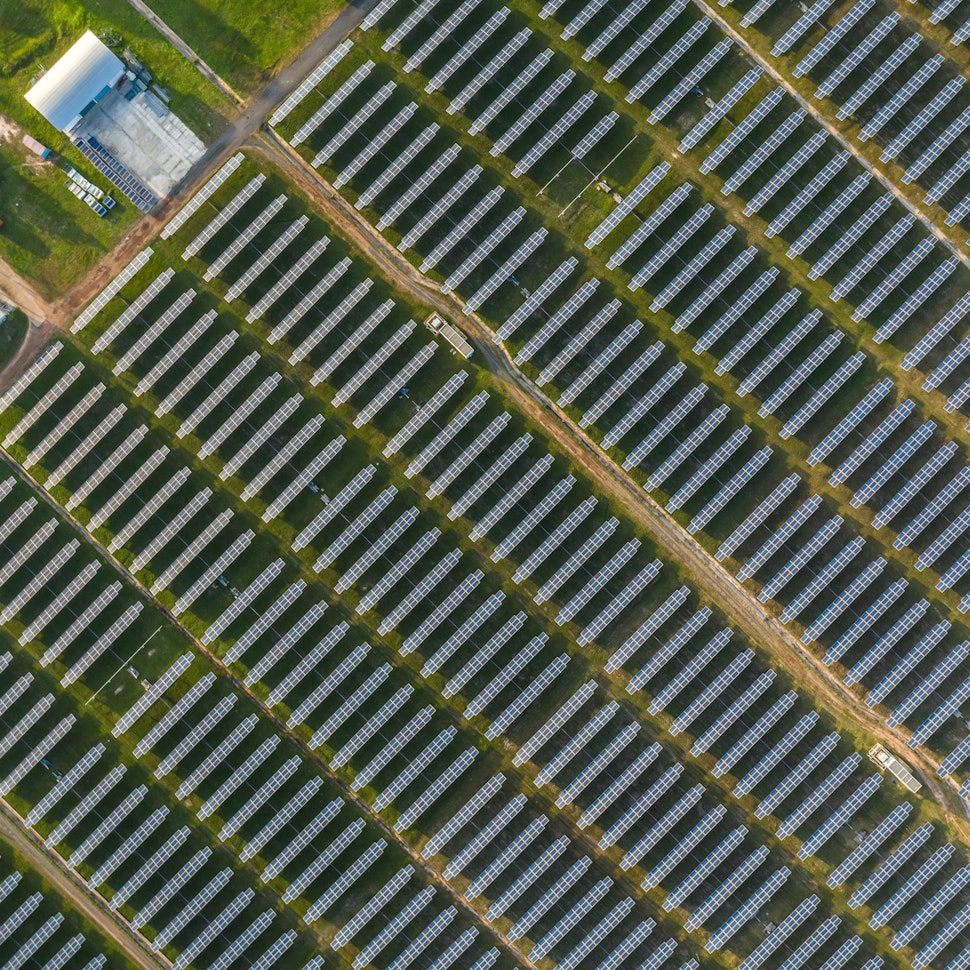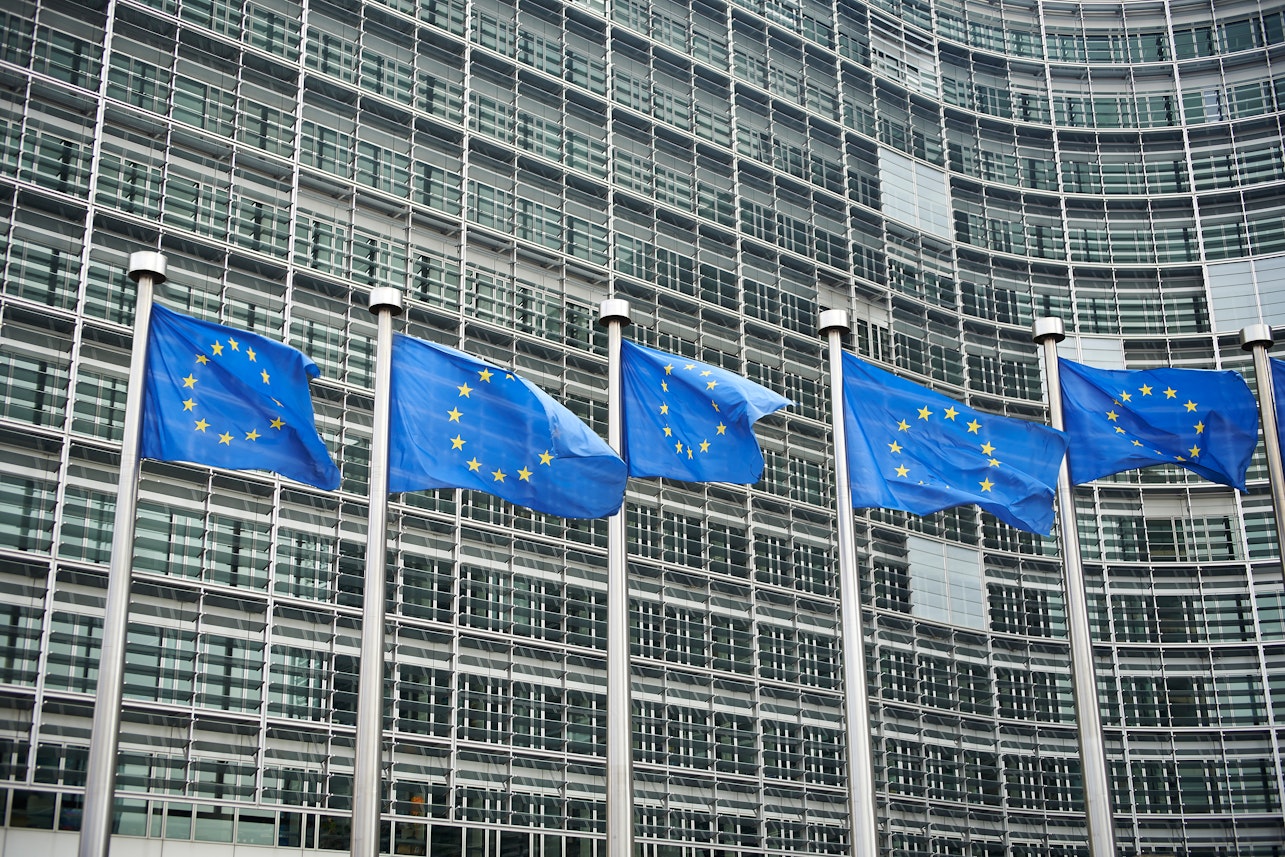- Solar energy blog
- The European Hydrogen Strategy: What you need to know
The European Hydrogen Strategy: What you need to know


Laura Rodríguez
Territory Manager Oceania & Nordics
Laura is a renewable and software industry sales professional, currently working at RatedPower as Territory Manager Oceania & Nordics. With a background in International Business and International Trade, Laura previously worked in the business strategy area in various companies as well as as a market analyst for the Government of Spain in Australia.

The EU is facing challenges in meeting its carbon emissions reduction targets. Energy production and consumption accounted for 75% of the region’s greenhouse gas emissions in 2018 and it relies on imports for 58% of its energy supply, predominantly oil and gas.
The European Commission sees hydrogen as a cornerstone of its clean energy policy. In July 2020, the Commission proposed a strategy that aims to accelerate the development of green hydrogen from renewables so that it becomes part of the region’s energy supply by 2050.
Hydrogen currently accounts for around 2% of the EU energy mix and almost all of it — 95% — is brown hydrogen. Brown hydrogen is produced from natural gas or oil and emits 70-100 million tons of carbon dioxide (CO2) every year. But green hydrogen, produced from electrolysis using renewable electricity, could account for as much as 20% of the EU’s energy supply by 2050, research shows, meeting 20-50% of the demand from the transport sector and 5-20% of industrial demand.
What is the European Hydrogen Strategy and what progress has been made? Let’s look at the strategy’s key goals and accomplishments.

What has the European Hydrogen Strategy achieved so far?
Between the launch of the hydrogen strategy in the third quarter of 2020 and the first quarter 2022, all 20 of its action points were implemented. Let’s take a look at just some of those achievements.
Developing an investment agenda
The action points and subsequent implementations in this area of the European Hydrogen Strategy include:
Action point: Develop an investment agenda through the European Clean Hydrogen Alliance to facilitate the rollout of hydrogen production and consumption, building a solid project pipeline.
Implementation: The Clean Hydrogen Alliance’s project pipeline includes more than 750 projects covering the full hydrogen value chain, from production, transmission, and distribution to consumption in the industrial and transport sectors, energy systems, and buildings. The projects are based throughout Europe and many of them aim to become operational by the end of 2025.
Action point: Support strategic investments in clean hydrogen as part of the EU’s economic recovery from the Covid-19 pandemic, particularly through the InvestEU program which aims to mobilize at least €372 billion in additional investment from 2021 to 2027.
Implementation: 15 EU member countries have included hydrogen in their Covid-19 recovery plans, unlocking investments of €9.3 billion.
Boosting demand and scaling up production
Action point: Propose measures to facilitate the adoption of hydrogen and hydrogen derivatives in the transport sector in the European Commission’s Sustainable and Smart Mobility Strategy.
Implementation: The strategy was published in December 2020.
Action point: Expand the provisions of the Renewable Energy Directive with additional support measures, including policies to stimulate demand.
Implementation: A proposal for the Renewable Energy Directive includes sub-targets for renewable hydrogen use in the industry and transport sectors.
Action point: Work to introduce a common low-carbon standard for the promotion of hydrogen production facilities based on their greenhouse gas emissions over their full lifecycle.
Implementation: A common threshold for low-carbon produced was included in the proposed directive on the internal hydrogen market.
Designing a supportive framework
In this area of the Hydrogen Strategy, the EU had planned and achieved:
Action point: Start planning hydrogen infrastructure, including in the Trans-European Networks for Energy and Transport and the Ten-Year Network Development plans, incorporating a network of hydrogen fueling stations.
Implementation: A proposal for Trans-European Energy Infrastructure and the proposal for regulation on the hydrogen internal market include coordinated infrastructure planning.
Action point: Design market rules to help facilitate the deployment of hydrogen production, including removing barriers for efficient infrastructure development, and ensure access to liquid markets for producers and customers through legislative reviews (e.g. a review of the legislation for competitive decarbonized gas markets).
Implementation: Proposed regulations and directives for the internal hydrogen market and the proposed directive include plans covering infrastructure, market access and the integrity of the market.
Action point: Establish a Clean Hydrogen Partnership, focusing on production, storage, transport, distribution of renewable hydrogen as well as the components needed for priority end-uses at a competitive price.
Implementation: The Clean Hydrogen Partnership was launched as a successor to the Fuel Cells and Hydrogen 2 Joint Undertaking (FCH 2 JU) and took over its legacy portfolio as of November 30, 2021. The partnership has been allocated €1 billion from the Horizon funding and €1 billion from industry partners.
Action point: Facilitate the demonstration of hydrogen-based projects through calls for proposals under the ETS Innovation Fund for low-carbon technologies.
Implementation: The first round of the Innovation Fund included five hydrogen projects out of a total of 32 projects that received a combined €109 million under the call for small-scale projects in December 2021, and three hydrogen projects out of a total of seven that received a combined €1 billion under the call for large-scale projects in April 2022.
Strengthening the international dimension
In the third key element of the European Hydrogen Strategy, the below objectives and implementations — plus a number of others — have successfully been rolled out.
Action point: Strengthen EU leadership internationally in developing technical standards, regulations, and definitions for hydrogen technologies.
Implementation: The International Partnership for Hydrogen and Fuel Cells in the Economy (IPHE) published a methodology working paper in October 2021 on the greenhouse gas emissions associated with hydrogen production
Action point: Promote cooperation with neighboring countries in the Southern Neighbourhood, Eastern Partnership, and Energy Community — particularly Ukraine — on renewable electricity and hydrogen.
Implementation: A joint communication on the Southern Neighborhood in February 2021 included hydrogen production as a new strategic priority, with the EU aiming to have at least 40GW of electrolyzer capacity in the EU Neighbourhood by 2030. An Eastern Partnership workshop, “Transition towards hydrogen and green gases”, was held in April 2021.
Action point: Set out a process for cooperation with the African Union on renewable hydrogen under the framework of the Africa-Europe Green Energy Initiative.
Implementation: The Africa-EU Green Energy Initiative launched in February 2022 with clean hydrogen production in Africa as one of three main pillars.
Hydrogen represents an exciting opportunity in renewable energy, and the EU is working hard to establish hydrogen as a key part of the clean energy transition.
Learn more about the EU’s other renewable energy opportunities in this RatedPower webinar: ‘REPowerEU: Opportunities for utility-scale solar players’.
Latest stories
Related posts
Market analysis
Power where it’s needed: Solving LatAm’s grid instability with distributed solar and storage
Find out how a bottom-up approach is solving LatAm’s grid instability, with community-led solar and storage projects giving people control over their energy.
Updated 29 DEC, 25

Market analysis
Powering through the peak: Why solar + storage is gaining momentum in MENAT
Discover how MENAT is building a functioning solar economy and why rising peak demand during extreme heat is squeezing its energy architecture.
Updated 11 DEC, 25


Market analysis
The rise of utility-scale PV + storage plants in Italy
Discover how Italy’s latest policies and auctions are driving utility-scale solar and battery storage projects to meet ambitious 2030 targets.
Updated 4 DEC, 25

- RatedPower
- Solar energy blog
- The European Hydrogen Strategy: What you need to know
 Watch a demo
Watch a demo Ask our AI Product Expert
Ask our AI Product Expert

